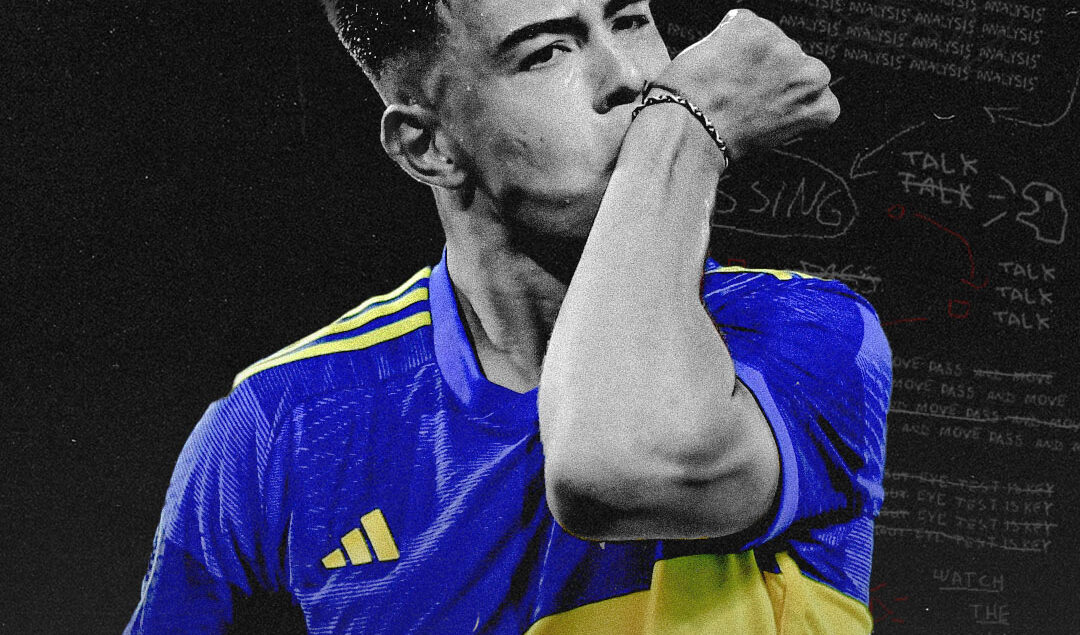Which Footballers and Coaches Have the Most Instagram Followers?
Who are the most followed stars of the 2025 Club World Cup? Tribuna.com compares salaries and Instagram reach among top players and coaches — and reveal why money doesn’t always translate into online fame.
Which players and coaches are making the biggest splash off the pitch in the FIFA Club World Cup? We used salary data from the Tribuna.com Premium app and follower insights from the influencer marketing platform HypeAuditor and examined Instagram activity among both coaches and players to understand what drives digital popularity — and where it diverges from salary, legacy, or silverware.
Coaches: legacy helps – but it’s not everything
Among coaches, those with strong European club legacies dominate. Xabi Alonso tops the chart with 12.7 million followers, followed by Pep Guardiola, Javier Mascherano, Luis Enrique and Filipe Luis. Their elite playing careers offer instant recognisability — but legacy alone isn’t enough.
As Anna Azarova, CMO of HypeAuditor, explains: “If a coach is associated with a strong Champions League club, they tend to rank high in terms of followers — even defenders like Mascherano can attract millions.”
Yet activity matters too. Take Abel Ferreira: not a global star as a player but a standout on Instagram. Reels, behind-the-scenes clips, and personal commentary have earned him 1.7 million followers — more than many title-winning coaches in Brazil or Africa. Ferreira proves that modern visibility in football depends as much on content as on career milestones.
Still, coaches from regions like the U.S., Africa and Asia often trail behind. Out of 32 Club World Cup managers, 15 lack verified Instagram accounts.
“This is often cultural,” says Azarova. “In Asia and Africa, modesty and collective identity are emphasised over self-promotion. Public figures are seen more as representatives of a team than as personal brands.”
Platform habits also vary. LINE dominates in Japan and Korea, while Facebook and TikTok are more popular across Africa. Club-managed communications further limit individual coach visibility.
Still, the potential is there.
“South American coaches could grow huge audiences,” adds Azarova. “But many don’t view social media as a professional tool — or they simply leave it to the club.”
In total, over a dozen coaches either avoid Instagram altogether or have inactive accounts. In some cases, it’s a personal decision. In others, it reflects broader football cultures, where clubs — not individuals — remain the primary storytellers.
Players: salary ≠ followers
Footballers’ Instagram stats paint an equally intriguing picture.
Massive salaries don’t always reflect massive followings. Kalidou Koulibaly earns €34.7 million at Al Hilal but has just 2.7 million Instagram followers. Kylian Mbappe, by contrast, earns slightly less (€31.3m) — but leads all players with 124 million followers.
“There’s no direct correlation between salary and followers, especially in cases like Al Hilal. They pay astronomical wages, but fan engagement doesn’t automatically follow,” says Azarova.
Key trends we observed
1. Attackers dominate
The top of the Instagram charts belongs to forwards: Kylian Mbappe, Vinicius Jr. (53M), Erling Haaland (38M), Jude Bellingham (40M). Their roles, goal celebrations and screen time drive digital appeal.
2. Goalkeepers and defenders lag
Even global stars like Thibaut Courtois (16.6M), Manuel Neuer (14.1M) and Gianluigi Donnarumma (5.3M) fall behind. Rodri — crucial to Manchester City — doesn’t even have an account.
3. English players underperform
Phil Foden (12.2M), Jack Grealish (8.7M), Reece James (3.2M) and John Stones (2.8M) all represent major Premier League clubs — but they trail behind their Spanish or Brazilian counterparts.
“This is partly cultural,” says Azarova. “Latin fans are more expressive, while English players often delegate their accounts to agents. They post less personal content and focus on matchday photos or brand partnerships.”
4. Al Hilal: world-class wages, limited social reach
With stars like Kalidou Koulibaly (€34.7M), Aleksandar Mitrovic (€25M) and Achraf Hakimi (€13.2M), Al Hilal are among the top payers — but only a few players surpass 5 million followers.
“To make those investments count,” says Azarova, “clubs need to craft global stories around these athletes.”
How to improve the Euro-to-follower ratio
- Localise content in English. If posts are only in Arabic, reach stays regional. English subtitles and dual-language captions open the door to international fans.
- Embed players in local culture. Feature them in traditional dress, at public events or while discovering the city. This adds authenticity and reach.
- Use cross-promos with stars. Pair less-followed players with popular teammates or brand ambassadors in global campaigns.
- Tell stories. For instance, a mini-doc series about Koulibaly — highlighting his role in Senegal’s national team and leadership at Al Hilal — can drive deeper fan engagement.
Football fame doesn’t guarantee digital fame. The biggest Instagram audiences go to:
- former stars of elite European clubs;
- coaches and players who actively use Instagram and not just wait for the audience;
- those who speak directly to fans — in their language and through authentic storytelling.
As the digital era evolves, clubs that treat media presence as part of their player and coach strategy will win more than just games. This analysis is part of Tribuna.com‘s editorial series for the FIFA Club World Cup 2025.
